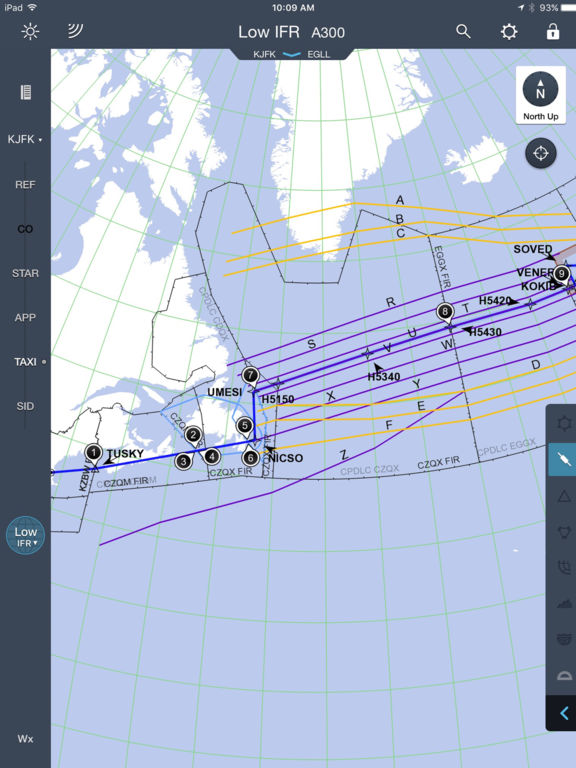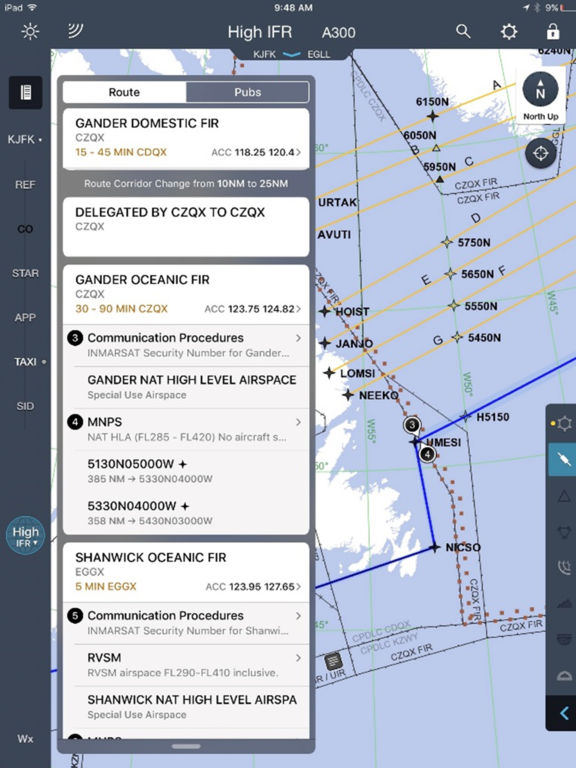

The KBFI-SEA leg is in the flight plan (and the box) just to make it easier to join the airway. In fact, the total mileage is a bit less, because after takeoff, ATC typically vectors me to join V2. This route follows the airway between SEA and ELN (MEA 8000) and clears the big restricted area near YKM. My typical, mostly airways, route, at 341 nm, is only 14 nm longer, about 5 minutes at 160 knots. The direct route also clips or comes close to a couple of restricted areas. to clear terrain (probably at least 11,000 ft. In this example, at 160 KTAS, estimated time in en route is 02:10, and the trip requires about 32.5 gallons of fuel, not including time and fuel to climb.Īnd climb we must to fly this route, because under IFR we must cruise at or above 10,000 ft. It’s from Boeing Field (KBFI) to Emmett, ID (S78).Īs you can see below, the direct route is 327 nm. Here’s route between Seattle and Boise that I fly several times a year to support Pilots N Paws. Let’s use ForeFlight to explore some of the issues outlined above in more detail. The flight log features in apps like ForeFlight also help you efficiently build flight plans in GPS navigators (such as the popular Garmin GNS 400/500 series boxes) that require manual entry of at least the fixes that define entry, turn, and exit points of airways or the initial fixes of SIDs and STARs. Flight-planning/navigation apps like ForeFlight include flight-planning/route-building features that make it easy to compare direct and airway routings and to include preferred and TEC routes, and SIDs and STARs. Today, many tools make laying out routes an easy, no-math proposition, so planning a flight with course changes is hardly a chore. The procedures and requirements for filing direct and RNAV routes are described in AIM 5-1-8, especially sections C and D.)īut for the purposes of this exercise, assume that direct routes are feasible. (Keep in mind that even if you prefer to file and fly direct under IFR, your route usually must include several waypoints. It’s also far easier to amend a flight plan than it is to build a complete flight plan from scratch, and having a detailed route “in the box” before you leave the ramp also helps reduce heads-down time while taxiing and during high-workload phases of flight like departure and arrival, especially when you’re trying to navigate unfamiliar airspace.

To learn more about T-routes for aircraft equipped with GPS, see New T-Routes in the PNW. While it’s true that direct routes are by definition shorter than those that include zigs and zags, as we’ll see shortly, the difference, especially on trips of the length typically flown by piston-powered aircraft operating below the flight levels, is usually much smaller than most pilots assume.įor more information about routes that I often fly, see Sample Western U.S. ATC assigns a different route when you get your clearance, so why bother planning a detailed route?” Pilots who file direct often say, “Filing a specific route is futile. To avoid major changes from a filed IFR flight plan when they receive their actual clearance from ATC.To simplify navigation in flight by reducing the number of turn points.To simplify the creation of flight plans (lists of waypoints) in GPS navigators, especially units that don’t support entry of airway designations.To save time and fuel by trimming miles from long flights.

Most pilots who use GPS as their primary navigation tool, whether operating VFR or IFR, now plan their flights assuming a direct course from departure to destination.


 0 kommentar(er)
0 kommentar(er)
